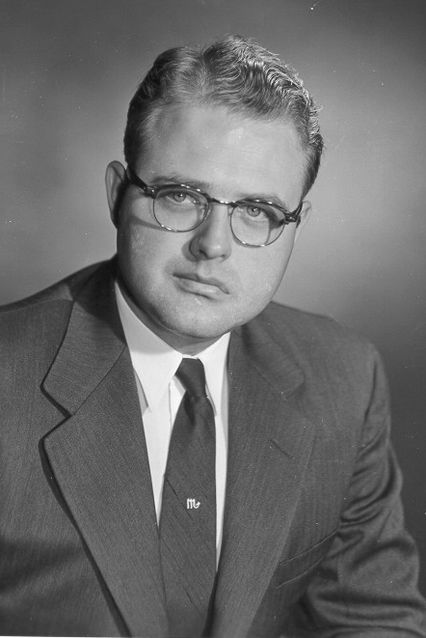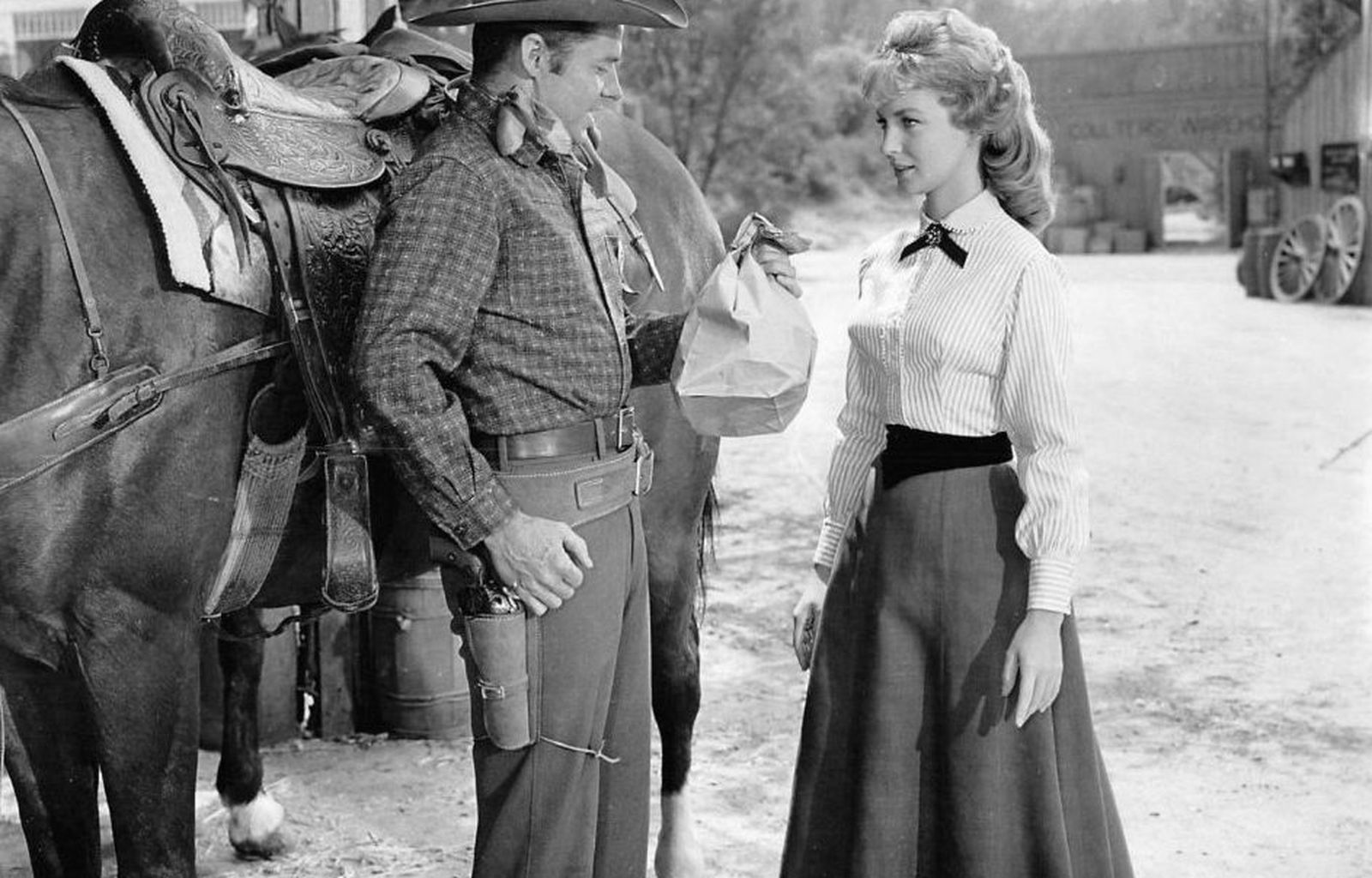Fratello minore del Texas Ranger Two Jones, Seven Jones, al suo primo incarico come Ranger, è chiamato a una missione molto difficile: arrestare e scortare l’astuto killer Jim Flood, considerato dalle sue parti una celebrità del West. Ad accompagnarlo nel viaggio, il sergente veterano Hennessey, il quale assiste Seven e cerca di insegnarli i trucchi del mestiere. Nel corso del viaggio Seven e il suo prigioniero incontrano diverse avventure che li costringono ad aiutarsi a vicenda per sopravvivere e instaurano così un legame di reciproca fiducia e quasi di amicizia. Entrambi sanno però di appartenere ai versanti opposti della legge e che il loro scontrò sarà inevitabile.
Biografia
regista

Harry Keller
(Los Angeles 1913-1987) è stato un montatore, produttore e regista statunitense. Entrato nel mondo del cinema verso la metà degli anni ‘30, inizialmente come montatore, ha iniziato a dirigere film verso la fine degli anni ‘40, ingaggiato dalla Republic e specializzandosi in western. Alla chiusura dello studio è passato alla Universal, dove ha proseguito a dirigere film western, intervallati da drammi, commedie e film di guerra. Alla fine degli anni ‘60 ha smesso di dirigere film e ha iniziato a lavorato unicamente come produttore, pur continuando a dirigere programmi per le tv. Keller ha guadagnato una certa fama come regista quando, su incarico della Universal, rigirò alcune scene del capolavoro di Orson Welles L’infernale Quinlan (1958).
FILMOGRAFIA
The Blonde Bandit (1949), Tarnished (1950), Fort Dodge Stampede (1951), Desert of Lost Men (1951), Rose of Cimarron (La vendicatrice dei sioux, 1952), Leadville Gunslinger (1952), Black Hills Ambush (1952), Thundering Caravans (1952), Marshal of Cedar Rock (1953), Savage Frontier (1953), Bandits of the West (1953), El Paso Stampede (1953), Red River Shore (1953), Phantom Stallion (1954), The Ford Television Theatre (serie tv, 1954), The Star and the Story (serie tv, 1955), Stage 7 (serie tv, 1955), Schlitz Playhouse of Stars (serie tv, 1955), Commando Cody: Sky Marshal of the Universe (serie tv, 1955), Letter to Loretta (serie tv, 1954-1956), The Millionaire (serie tv, 1955-1956), The Unguarded Moment (Mister X, l’uomo nell’ombra, 1956), Chevron Hall of Stars (serie tv, 1956), Man Afraid (Sotto la minaccia, 1957), Quantez (1957), The Female Animal (L’animale femmina, 1958), Day of the Badman (La legge del fucile, 1958), Voice in the Mirror (Gli evasi del terrore, 1958), Step Down to Terror (1958), Cannonball (serie tv, 1958-1959), Disneyland (serie tv, 1958-1960), Detectives (serie tv, 1960), Seven Ways from Sundown (Sette strade al tramonto, 1960), National Velvet (serie tv, Il magnifico King, 1960), Gundown at Sandoval (Il ritorno di Texas John, 1961), Zane Grey Theatre (serie tv, I racconti del West, 1961), Tammy Tell Me True (Dimmi la verità, 1961), The Dick Powell Show (serie tv, 1962), General Electric Theater (serie tv, 1962), Apache in agguato (Apache in agguato, 1962), Empire (serie tv, 1962), Tammy and the Doctor (Il sole nella stanza, 1963), The Brass Bottle (La più allegra avventura, 1964), In Enemy Country (Spie oltre il fronte, 1968).


